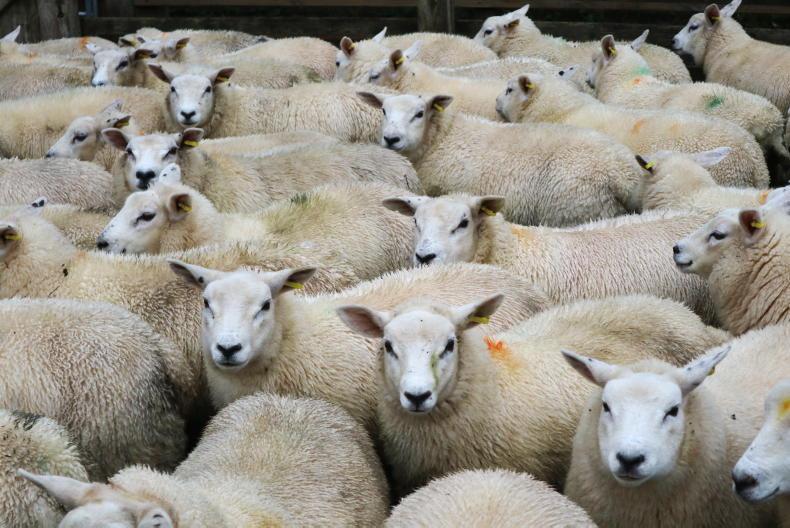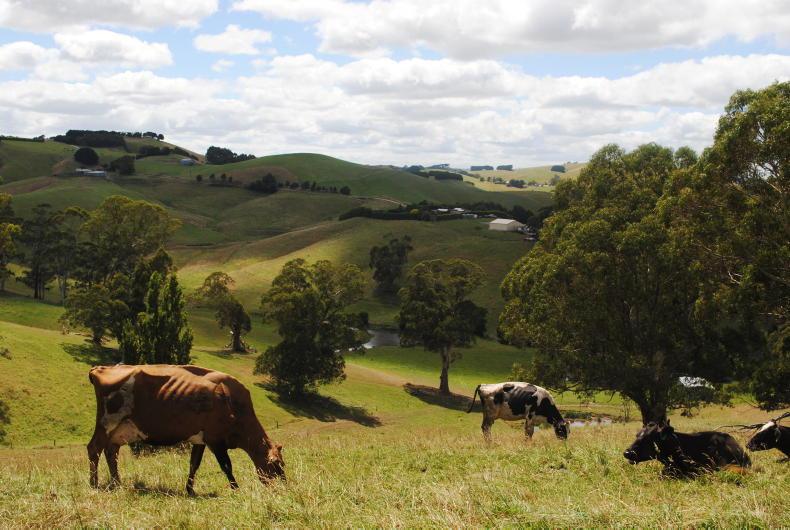Department of Agriculture officials are practicing exercises mimicking the plan that would be activated if there were to be a case of foot-and-mouth disease (FMD) in Ireland.
In response to a Dáil question from Louth TD Erin McGreehan, Minister for Agriculture Martin Heydon revealed these preparations are being executed as part of plans for a possible FMD outbreak.
“My Department has comprehensive contingency plans in place to deal with FMD, covering suspect cases, confirmed disease outbreaks and the question of how we would eradicate the disease following an incursion.
“Simulation exercises are carried out by my officials and the plan is updated as and when needed,” he said.
This comes as both Hungary and Slovakia confirmed further outbreaks of FMD this week.
Hungary has four confirmed cases, while Slovakia has confirmed a fifth.
Travelling from affected regions
Additionally, Minister Heydon said anyone coming to Ireland from an FMD-affected region should not enter a farm for two weeks after arriving in the country.
This is to “prevent the risk of contaminated clothing, footwear, vehicles or equipment coming into contact with livestock,” he added.
“Any vehicles bringing livestock or horses from Hungary, Slovakia or any other affected area to Ireland should be thoroughly disinfected.
“Officials have carried out a communications campaign for type two transporters - that is, people authorised to transport animals - in this regard,” he said.
Minister Heydon confirmed there have been no movements of FMD-susceptible species into Ireland from any of the impacted areas since 1 January 2025, which is the potential risk period.
A public information campaign at airports and ports is also under way.
Deputy McGreehan, from the Cooley Peninsula where two positive FMD cases in 2001 sparked the mass culling of sheep, raised the historical issue of compensation for these farmers.
Bluetongue
Answering a separate question in the chamber from TD Aindrias Moynihan on bluetongue, Minister Heydon revealed the Department carried out “active surveillance for bluetongue” in the east and southeast of the country last summer.
Livestock in this area would be most susceptible to contracting the disease, as it is nearest to affected areas of the UK.
“Four farms in each of five southeastern counties were targeted, with 15 animals per farm sampled. A total of 300 animals were tested and all were negative,” he said.
“This followed an earlier enhanced surveillance effort in spring 2024 during which 205 animals were tested, again with negative results. This provided assurance that bluetongue was not already present in Ireland.”
Minister Heydon added that regional veterinary labs (RVOs) routinely sample malformed foetuses for bluetongue, as this can be an early indication of infection in a herd or flock.










SHARING OPTIONS